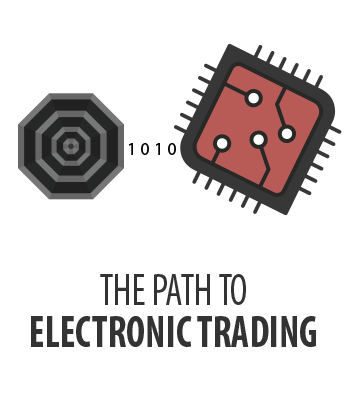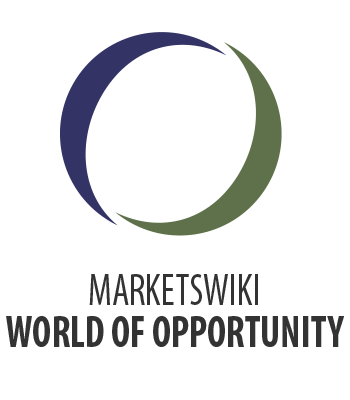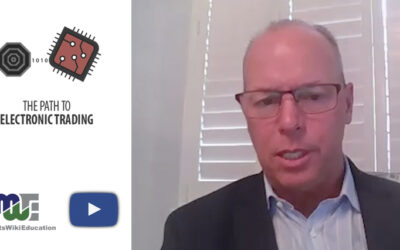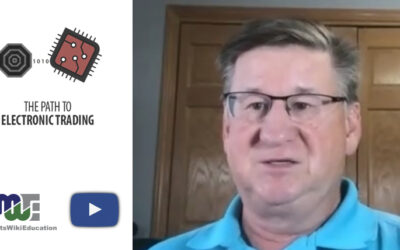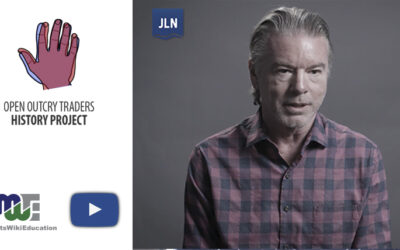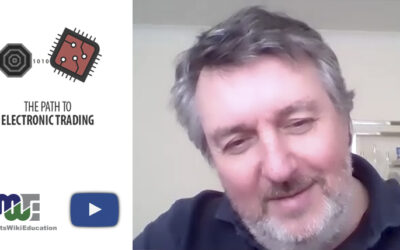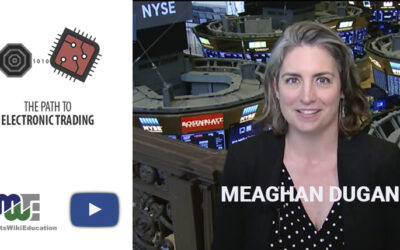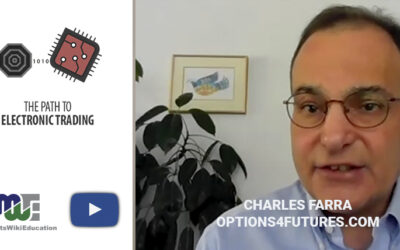Veteran Exchange Leader’s Career Developed as the Markets Grew, Merged and Electronified
Alan van Griethuysen wanted to be an officer in the Netherlands Royal Army, following in the footsteps of his father, who was a full colonel in the military police.
However, when he took a one-year leave while in school and worked in hotels in England, it started a path that led him to the options exchange in Amsterdam. That first job as a price reporter began a tenure of 32 years at the exchange, which saw many changes during van Griethuysen’s time.
He moved from being a market quoter to an order book terminal operator to working off the floor in the surveillance department. To prepare for the surveillance job, he took a trip to Chicago and worked in a trainee-ship in the surveillance department of the Chicago Board Options Exchange for four months in 1982-83.
He said the trading system of the Amsterdam Options Exchange was the look-alike of the CBOE, while the trade matching was modeled after that of the Pacific Stock Exchange.
He was made manager of the surveillance department, which led to becoming the head of the trading department and eventually the management of the Amsterdam Options Exchange.
It was during this time all the exchanges in Amsterdam were merged into one exchange, AEX or Amsterdam Exchanges. That was just the beginning of exchange mergers for Van Griethuysen, however. Three years later he was helping Amsterdam Exchanges merge with the Brussels Stock Exchange and the Paris Stock Exchange to form Euronext.
He managed the floor to screen transition in Amsterdam and moved the exchange in the Beurs van Berlage building.
When Euronext bought LIFFE, van Griethuysen moved into a more commercial role as executive director for sale and account management, while also being responsible for the Amsterdam market. He later served in a similar role for Asia, opening offices in Singapore, Tokyo and Hong Kong for Euronext.
Today he is the chief commercial officer of NPEX, an exchange for Dutch Small and Medium Enterprises (SMEs).
The first time the Amsterdam Options Exchange looked at moving from open outcry to electronic trading was just after Black Monday in 1987. The staff asked for 1 million guilders to build the electronic trading system, but the board demurred because of the uncertainty following the stock market crash.
The plans were postponed, which extended the life of open outcry trading in Amsterdam. After the exchange traded 1.2 million contracts with just paper via open outcry, the growth of the business demanded some electronic efficiency.
Asterdam talked to DTB, but they decided to build their own system, which they named Switch. The exchange would move to a hybrid system of laptops and open outcry trading. The plan was for a Big Bang type of launch, but after the first test the system lasted just 10 seconds before crashing. Instead, the exchange rolled out the electronic trading platform in a step by step process.
In order to get data into the new system, the exchange used bar codes. However, the barcodes were hard to read as the barcode readers had just one mirror. Instead the exchange approached the grocery store giant Ahold to use their barcode readers with more than one mirror in their readers.
The exchange moved from the Rokin building to the Beurs van Berlage Building. However, with the move to electronic trading and physically moving the exchange at the same time, van Griethuysen said it was decided the new trading floor on Beurs van Berlage will be ready for the electronic order book.
Handheld terminals were introduced, with everyone having the same device. Then some traders developed their own devices, which prompted a discussion of whether this was fair.
In the index options trading pit, there was such a concentration of traders that the wireless signals did not work. Van Griethuysen was inspired by a trip to Chicago where the pit terminals were cabled rather than wireless. When some traders had an advantage of two meter cables rather than five meter cables, Van Griethuysen said he decided everyone would have five meter cables to be fair.
The controversy over the length of cables presaged the current debate about high frequency trading advantages of some firms that start-up exchange IEX tried to neutralize by winding cable in boxes so everyone had the same length cable to the market.
The Amsterdam market first moved futures on the electronic trading platform, but were perplexed by how to put thousands of options classes on the screen and keep them efficiently updated. The solution was to update the prices outside of the trading engine mainframe.
Because of the broad retail interest in the Dutch markets, it was important to be able to show prices. When Eurex copied Amsterdam’s model and it was plastered in a newspaper headline, van Griethuysen was not angry, but rather took it as a compliment.
The retail interest in options developed because banks would not become members of the options exchange. The president of the exchange created a retail team that taught options trading across the Netherlands in restaurants and other venues, in thousands of sessions.
When the educated retail customers approached their banks to trade options and the banks balked, the clients threatened to move their securities trading to brokers. The banks then began offering options trading too.
Customers at the banks started building their own systems to enter orders, just as the banks did. The big trading groups in Amsterdam were very supportive of the move to electronic trading. A diverse and eclectic group of traders on the Amsterdam Trading floor over the years started to become more mathematical and computer science oriented.
These traders expanded their trading into international markets.
Liffe Connect
When Euronext and Liffe combined, the board of Euronext decided to build all of the functionality of Amsterdam’s Switch system into LIFFE Connect instead of merging or integrating the systems together. From this combination, LIFFE Connect became a new system with good options trading functionality.
Van Griethuysen explained how the opening bell or gong worked in Amsterdam over the years. The options exchange had a buzzer, but when the exchanges moved into their new building, they brought the gong tradition with them.
He said Amsterdam was greatly influenced by Chicago, New York and San Francisco traders and exchanges over the years. Every year the Amsterdam exchange would bring a group of traders to the U.S. to meet CBOT or AMEX traders.
Another business and technological improvement of the markets was the development of central clearing as Euronext was formed and then later combined with Liffe, van Griethuysen said.
After he left Euronext, van Griethuysen was asked by The Option Market, or TOM, to build a new index. With another colleague, he built the N25 index. However, they eventually decided not to negatively impact the Dutch market liquidity and withdrew the project.
Van Griethuysen’s favorite time was when the markets were trading via open outcry. But he is grateful for the opportunity to move the markets on to the screen.
